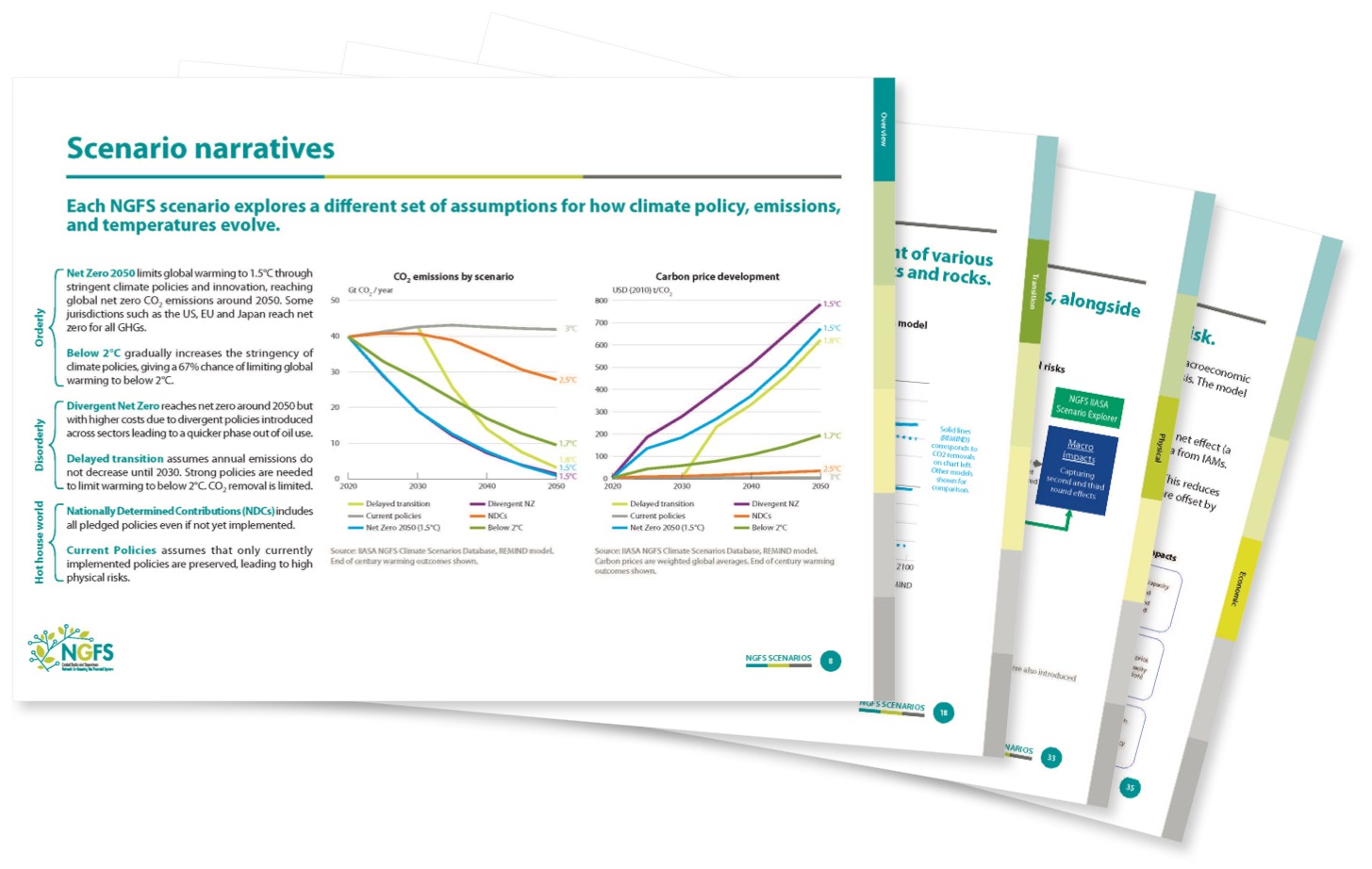Climate change is one of the defining challenges of this decade
Continued emissions of greenhouse gases since the industrial revolution have led to about 1.2 °C of global warming. While this change is seemingly small, current temperatures are unprecedented in at least the past 12,000 years and affecting living conditions in many parts of the world. If left unchecked, climate change will have profound impacts on ecosystems, health, infrastructure and the economy.
Many countries have started to respond, putting net-zero targets and strategies in place to end their contribution to global warming. Such a transition can pose significant risk and would require substantial investment in every sector of the economy. New technologies and jobs would be needed to reduce energy use, eliminate emissions and restore land. This would present unique challenges and opportunities, particularly in regions that have urgent development needs today.
While the exact outcome is uncertain, it is foreseeable that some combination of these trends will occur. The next decade is set to be a critical period of change.
